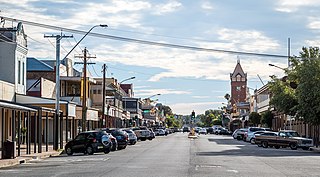
Broken Hill is a city in the far west region of outback New South Wales, Australia. An inland mining city, is near the border with South Australia on the crossing of the Barrier Highway (A32) and the Silver City Highway (B79), in the Barrier Range. It is 315 m (1,033 ft) above sea level, with a cold semi arid climate, and an average rainfall of 265 mm (10.4 in). The closest major city is Mildura, 300 km (190 mi) to the south and the nearest State Capital City is Adelaide, the capital of South Australia, which is more than 500 km (310 mi) to the southwest and linked via route A32.
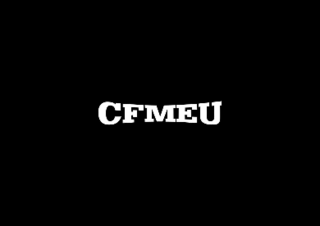
The Construction, Forestry and Maritime Employees Union (CFMEU) is the largest union in construction, forestry, maritime, textile, clothing and footwear production. The CFMEU is affiliated with the Australian Council of Trade Unions and the Australian Labor Party.
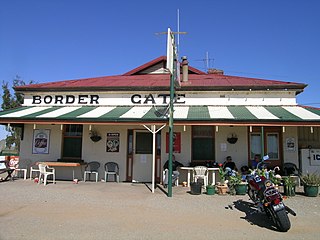
Cockburn is a town and locality in the east of the Australian state of South Australia immediately adjacent to the border with New South Wales near Broken Hill. It was established because the New South Wales government refused to allow locomotives of the South Australian Railways to operate in its jurisdiction, requiring locomotives to be changed at the town for 84 years until 1970, when the route was converted from 1067 mm to 1435 mm standard gauge.
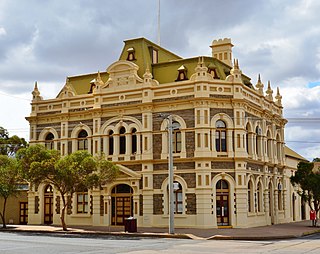
The Barrier Industrial Council is the trades and labour council in Broken Hill, New South Wales, Australia, and surrounding areas. Formed in 1923 by 18 trade unions, the council has been unusually influential in local government, for a labour confederation. The BIC also owns the only newspaper based in Broken Hill, the Barrier Daily Truth.

The City of Broken Hill is a local government area in the Far West region of New South Wales, Australia. The area contains an isolated mining city, Broken Hill, located in the outback of New South Wales and is surrounded by the Unincorporated Far West Region. The city is located adjacent to the Silver City and Barrier Highways and the Broken Hill railway line.
Richard Thilthorpe Slee, (1879–1935), mining engineer, was General Manager of the BHP mine at Broken Hill, Australia. Notable for his mining rescues, he was killed in a mine accident in 1935.

John Henry Cann was a New South Wales politician, Treasurer, and Minister of the Crown in the cabinets of James McGowen and William Holman.

The 1892 Broken Hill miners' strike was a sixteen-week strike which was one of four major strikes that took place between 1889 and 1920 in Broken Hill, NSW, Australia.
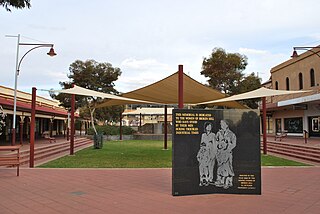
The Women's Brigade was a labour protest organisation for women formed during the first of several strikes to occur in the mining town of Broken Hill, NSW, Australia between 1889–1920.
The Australasian Institute of Mining and Metallurgy (AusIMM) provides services to professionals engaged in all facets of the global minerals sector and is based in Carlton, Victoria, Australia.

The Barrier Miner was a daily broadsheet newspaper published in Broken Hill in far western New South Wales from 1888 to 1974.

R v Commonwealth Court of Conciliation and Arbitration; Ex parte BHP, was an early decision of the High Court of Australia concerning the jurisdiction of the Commonwealth Court of Conciliation and Arbitration in which the High Court controversially, granted prohibition against the Arbitration Court to prevent it from enforcing aspects of an industrial award. The High Court held that the Arbitration Court had gone beyond settling the dispute that had been submitted to it and in doing so had made a jurisdictional error.
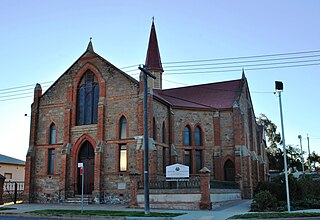
Wesley Uniting Church is a heritage-listed Uniting church at Cobalt Street, Broken Hill, City of Broken Hill, New South Wales, Australia. It was designed by Frederick William Dancker and built from 1885 to 1888 by Messrs. Walter and Morris. It is also known as Wesley Uniting Church and Hall Group, Wesleyan Uniting Church Group, Wesley Church and Wesley Hall. The property is owned by the Uniting Church in Australia. It was added to the New South Wales State Heritage Register on 23 April 2010 and on the Australian Register of the National Estate.
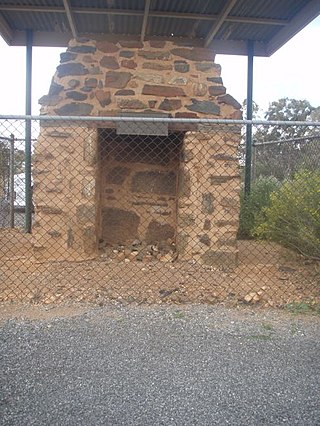
The First BHP Offices Chimney Ruin is the heritage-listed ruin of the original offices of BHP, now located on Willyama Common, east of the corner of Gaffney and Oxide Streets, Proprietary Square, Broken Hill, City of Broken Hill, New South Wales, Australia. The original offices were built in 1885 by Tom Phin and A. W. B. Orman. It is also known as Site of first BHP Offices, BHP Fireplaces and Chimney ruins. The property is owned by Broken Hill City Council. It was added to the New South Wales State Heritage Register on 23 April 2010.
Leslie Bradford was a mining engineer in Australia credited with several important inventions in the treatment of metal-bearing ores.
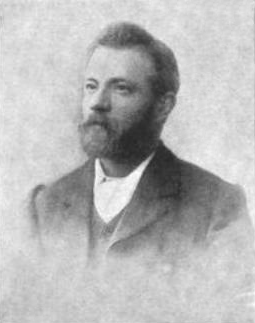
James Hebbard was a miner who became manager of the Great Central Mine, Broken Hill.
Thomas John Greenway FIC was an English metallurgist and mining manager in Australia, closely associated with the development of the Broken Hill mines.
Archibald Drummond Carmichael was a Scottish industrial chemist and mining engineer who made important advances in processing mine tailings to recover valuable metals.
Walter Everson Gardner was a mining engineer, surveyor, and manager in Broken Hill, New South Wales.
Jabez Edward Dodd was an Australian politician. He was a member of the Western Australian Legislative Council from 1910 until his death, representing South Province. He was elected as a member of the Australian Labor Party, but left the party in the 1917 Labor split and represented the Nationalist Party thereafter.














